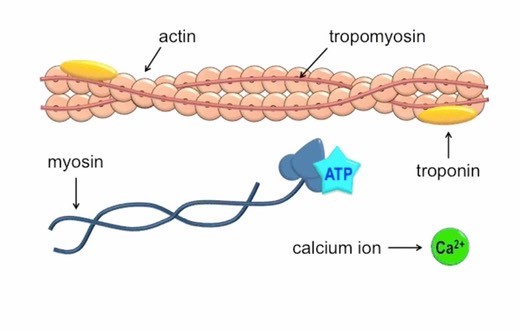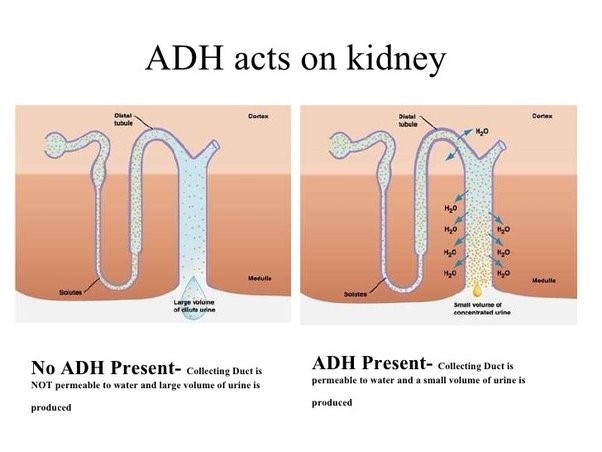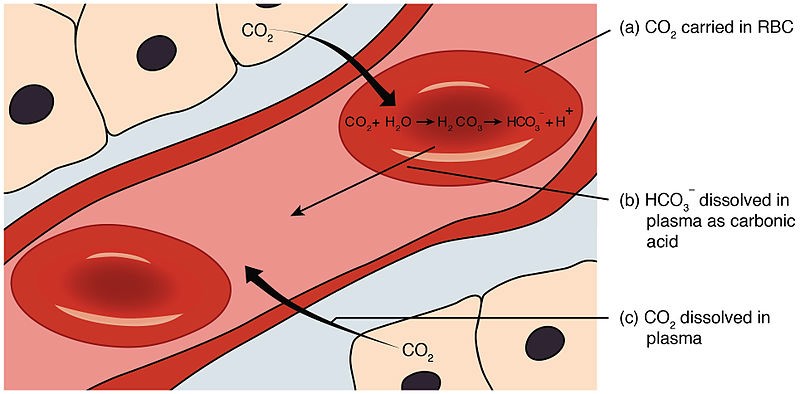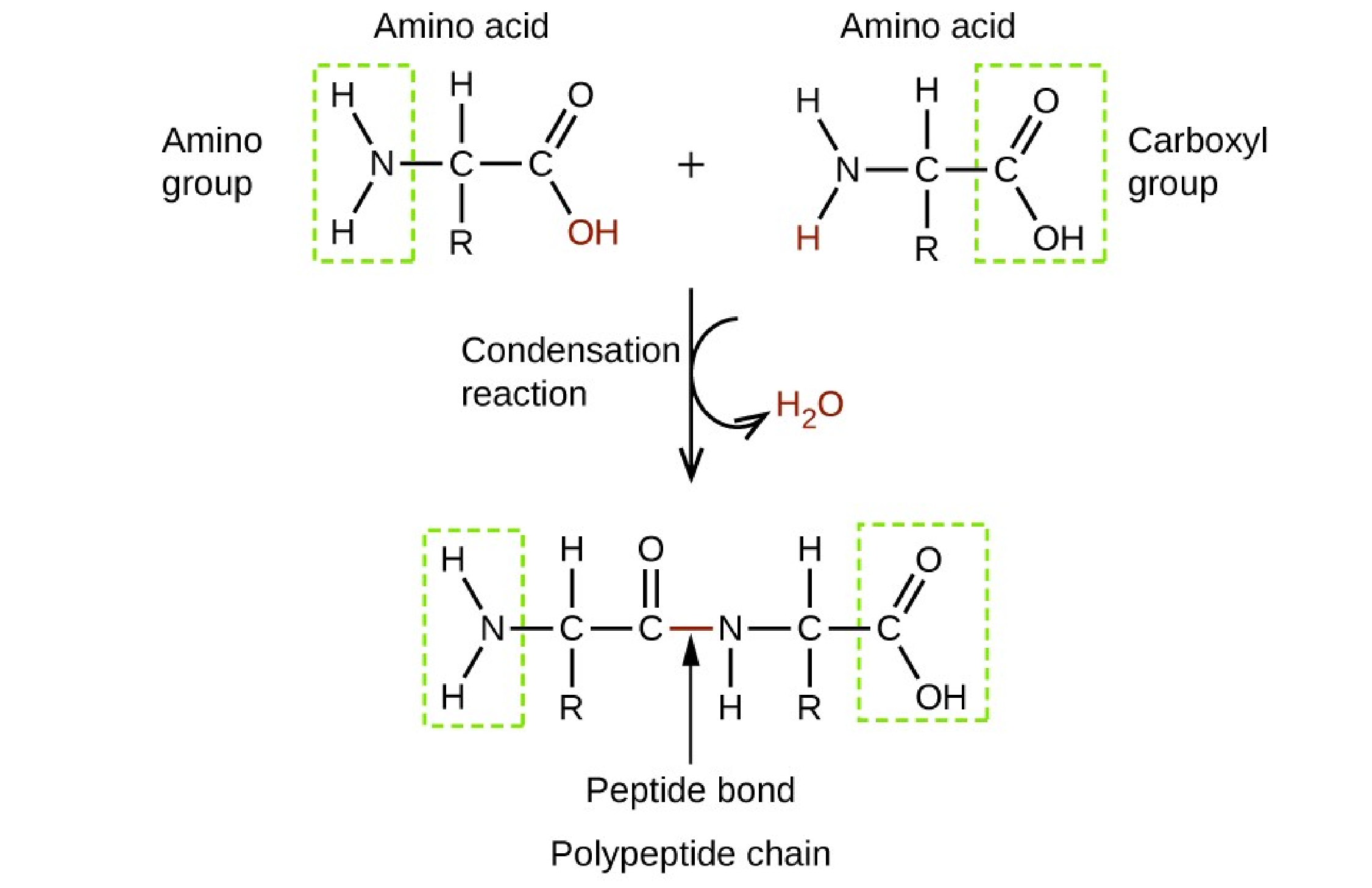In a plant in which fuzzy leaves (F) are dominant over smooth leaves (f), which of the following crosses will produce only offspring with smooth leaves?
FF x FF
Ff x Ff
ff x ff
Ff x ff
Correct Answer : C
ff.
In this cross, both parents are homozygous recessive for the smooth leaf trait
(ff).
This means that all of their offspring will inherit two copies of the recessive allele (f) and will therefore have smooth leaves.
Choice A.
FF x FF is not correct because both parents are homozygous dominant for the fuzzy leaf trait (FF) and all of their offspring will inherit two copies of the dominant allele (F) and will therefore have fuzzy leaves.
Choice B.
Ff x Ff is not correct because both parents are heterozygous for the leaf trait (Ff) and their offspring can inherit either one dominant allele (F) or one recessive allele (f) from each parent, resulting in a 3:1 ratio of fuzzy to smooth leaves. Choice D.
Ff x ff is not correct because one parent is heterozygous for the leaf trait (Ff) while the other is homozygous recessive (ff), resulting in a 1:1 ratio of fuzzy to smooth leaves in their offspring.
TEAS 7 Exam Quiz Bank
HESI A2 Exam Quiz Bank
Find More Questions 📚
Teas 7 Questions: We got the latest updated TEAS 7 questions
100% Money Refund: 100% money back guarantee if you take our full
assessment pass with 80% and fail the actual exam.
Live Tutoring: Fully customized live tutoring lessons.
Guaranteed A Grade: All students who use our services pass with 90%
guarantee.
Related Questions
Correct Answer is B
Explanation
Calcium ions play a crucial role in initiating muscle contraction.
When a muscle cell is stimulated to contract by an action potential, calcium channels open in the sarcoplasmic membrane and release calcium into the sarcoplasm.
Some of this calcium attaches to troponin, which causes it to change shape.
This shape change exposes binding sites for myosin on the actin filaments.
Myosin’s binding to actin causes crossbridge formation, and contraction of the muscle begins.

The other ions mentioned in the question do not have this specific role in muscle contraction.
Potassium ions are important for maintaining the resting membrane potential of cells, but they do not bind to the troponin complex.
Phosphorus ions are important for energy metabolism, but they do not bind to the troponin complex.
Sodium ions are important for generating action potentials, but they do not bind to the troponin complex.
Correct Answer is C
Explanation
Heavier objects fall faster than lighter objects.
The data in the table shows that as the number of filters (and therefore the mass) increases, the terminal velocity also increases.
This means that the heavier objects (with more filters) are falling faster than the lighter objects (with fewer filters).
Choice A is not supported by the data in the table as much as it is true.
Terminal velocity is indeed when the force of gravity is equal to air resistance, but this definition does not provide any information about the relationship between mass and terminal velocity.
Choice B is also not supported by the data in the table.
The data does not provide any information about the time it takes for an object to reach terminal velocity.
Choice D is not supported by the data in the table.
The data shows that as the number of filters increases, the terminal velocity also increases.
This means that the greater the number of filters, the greater (not smaller) the terminal velocity.
Correct Answer is B
Explanation
The hypothalamus is a small region of the brain located just above the brainstem. It serves as a critical control center for maintaining homeostasis — the body’s internal balance. One of its key roles is regulating core body temperature through a process called thermoregulation.
The hypothalamus monitors the body's temperature using temperature-sensitive neurons. If the body becomes too hot or too cold, the hypothalamus initiates responses to bring the temperature back to a normal range by:
- Triggering sweating to cool down the body.
- Initiating shivering to generate heat.
- Adjusting blood flow to the skin for heat loss or retention.
In addition to temperature regulation, the hypothalamus also controls other vital functions like:
- Hunger and thirst
- Sleep-wake cycles
- Hormone release (by influencing the pituitary gland)
- Stress response
Why the Other Options Are Incorrect:
- A. Pituitary gland: While the pituitary gland is known as the “master gland” because it controls other endocrine glands, it does so under the direction of the hypothalamus. It does not directly regulate body temperature.
- C. Adrenal gland: The adrenal glands produce hormones like cortisol and adrenaline, primarily involved in the stress response, not temperature regulation.
- D. Pancreas: The pancreas is mainly responsible for regulating blood sugar levels through insulin and glucagon, not body temperature.
Thus, the hypothalamus is the part of the endocrine system most responsible for maintaining homeostasis, including regulating core body temperature.
Correct Answer is B
Explanation
Antidiuretic hormone (ADH), also known as vasopressin, is a hormone that helps regulate the amount of water in your body.
It works to control the amount of water your kidneys reabsorb as they filter out waste from your blood.

Choice A is not correct because an increase in the concentration of calcium in the glomerulus is not a physiological response caused by the release of antidiuretic hormone.
Choice C is not correct because a decrease in the concentration of calcium in the glomerulus is not a physiological response caused by the release of antidiuretic hormone.
Choice D is not correct because a decrease in water reabsorption in the collecting duct is not a physiological response caused by the release of antidiuretic hormone.
Correct Answer is A
Explanation
As a solid turns to a liquid, the particles become less ordered and more free to move around.
Choice B is not correct because particles have an increase in mobility as a solid turns to a liquid.
Choice C is not correct because particles move further apart as a solid turns to a liquid.
Choice D is not correct because intermolecular forces between particles become weaker as a solid turns to a liquid.
Correct Answer is C
Explanation
Carbonic acid.
In the human body, maintaining the pH of the blood within a narrow range is critical for proper physiological functioning.
One of the buffering systems that helps to regulate blood pH involves the conversion of carbon dioxide (CO2) and water (H2O) into carbonic acid (H2CO3), which then dissociates into hydrogen ions (H+) and bicarbonate ions (HCO3-).

Carbonic acid (H2CO3) is responsible for donating H+ ions to act as a buffer when blood pH rises.
When blood pH rises (becomes more alkaline), carbonic acid dissociates, and the H+ ions combine with bicarbonate ions to form more carbonic acid.
This helps to remove excess H+ ions from the blood and prevent the pH from rising too much.
Option A, carbon dioxide, is involved in the buffering system through its conversion to carbonic acid.
However, it does not directly donate H+ ions to act as a buffer when blood pH rises.
Option B, carbon monoxide, is a toxic gas that binds to hemoglobin in red blood cells, preventing them from carrying oxygen.
It is not involved in the buffering system and does not donate H+ ions.
Option D, oxygen, is carried by hemoglobin in red blood cells and is essential for respiration.
It is not involved in the buffering system and does not donate H+ ions.
Correct Answer is C
Explanation
Bag mass change is the dependent variable in this experiment.
In an experiment, the dependent variable is the variable that is being measured and is expected to change in response to changes in the independent variable(s).
In this case, the bag mass change is being measured and is expected to change in response to changes in the independent variable (sucrose concentration).
Choice A is incorrect because duration is not a variable in this experiment.
Choice B is incorrect because temperature is not a variable in this experiment.
Choice D is incorrect because sucrose concentration is an independent variable, not a dependent variable.
An independent variable is a variable that is manipulated by the experimenter to see how it affects the dependent
Correct Answer is C
Explanation
Control.
A control group is a group in an experiment that does not receive the treatment or manipulation being tested and is used as a benchmark to measure how the other tested subjects do.
The control group is used to minimize the effects of all variables except the independent variable.
This allows researchers to determine if changes in the dependent variable are due to the manipulation of the independent variable or if they are due to some other factor.
Choice A.
Responding is not the correct answer because it refers to the dependent variable, which is the variable that is being measured in an experiment.
Choice B.
Manipulated is not the correct answer because it refers to the independent variable, which is the variable that is being manipulated in an experiment.
Choice D.
Variable is not the correct answer because it refers to any factor that can change in an experiment and can include both independent and dependent variables.
Correct Answer is C
Explanation
Amino acids have a unique structure consisting of an amino group (-NH3⁺) and a carboxyl group (-COO⁻) attached to a central carbon (called the α-carbon). At physiological pH (around 7.4), these functional groups often exist in their ionized forms:
- The amino group (-NH3⁺) is positively charged, acting as a proton acceptor (a base).
- The carboxyl group (-COO⁻) is negatively charged, acting as a proton donor (an acid).
This results in a zwitterion — a molecule with both a positive and a negative charge. Because amino acids can accept or donate protons depending on the pH of their environment, they have buffering capacity. This means they can resist changes in pH by stabilizing the concentration of hydrogen ions (H⁺).
Why Other Options Are Incorrect:
- A. Monosaccharides: These are simple sugars without ionizable functional groups, so they cannot act as buffers.
- B. Ribonucleotides and D. Deoxyribonucleotides: While nucleotides have phosphate groups that can donate protons, they lack the dual positive and negative functional groups necessary for the strong buffering effect seen in amino acids.
Therefore, amino acids are the correct choice because their zwitterionic nature provides them with excellent buffering capacity.
Correct Answer is D
Explanation
Proteins.
Proteins are made up of amino acids which are organic molecules that contain both an amine functional group (–NH2) and a carboxylic acid functional group (– COOH).
 |
Choice A, Lipids, is not the correct answer because lipids are a group of naturally occurring molecules that include fats, waxes, sterols, fat-soluble vitamins, monoglycerides, diglycerides, triglycerides, phospholipids, and others.
They do not contain both an amine and carboxyl group.
Choice B, Chitin, is not the correct answer because chitin is a long-chain polymer of N-acetylglucosamine, a derivative of glucose.
It does not contain both an amine and carboxyl group.
Choice C, Cellulose, is not the correct answer because cellulose is an organic compound with the formula (C6H10O5)n, a polysaccharide consisting of a linear chain of several hundred to many thousands of β(1→4) linked D-glucose units.
It does not contain both an amine and carboxyl group.
This question was extracted from the actual TEAS Exam. Ace your TEAS exam with the actual TEAS 7 questions, Start your journey with us today
Visit Naxlex, the Most Trusted TEAS TEST Platform With Guaranteed Pass of 90%.
Money back guarantee if you use our service and fail the actual exam. Option of personalised live tutor on your area of weakness.
